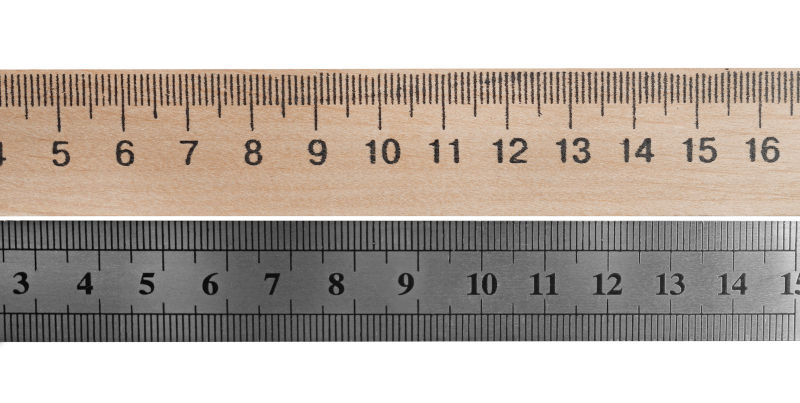Lies, damned lies and school statistics
July 18, 2023
The recent exchange in Pearls and Irritations between John Frew and Ross Fox about teaching severely disruptive students comes at a time of frenetic interest in school reform, sparked by two current high stakes reviews.
In brief, Ross Fox, the Director of Catholic Education Canberra Goulburn has claimed the review of teacher education supports the action he has taken in his own schools. John Frew, a published author on brain science, has his doubts, questioning the wider relevance of a ‘science of learning’ that works for a private school system that has no students with severe behaviours.
While ‘no students’ might be hard to prove, it is highly likely that private schools in general have far fewer such students. But the response from Ross Fox didn’t throw much light on the subject, using generalised enrolment data about students with disabilities, apparently as evidence of his schools’ enrolment of those with severe behaviours.
John Frew’s work shows that severely traumatised and disruptive students have a substantial impact on schools, including on other students. We certainly need to clearly know where they go to school and what should be done to help them … and others in their classrooms.
As a part solution, the Consultation Paper released by the Review to inform a Better and Fairer Education System suggests publishing data on students with disability on MySchool, but we need to know much more.
And we need to be clear and consistent about our overall response to need. It is surprising to hear any school system leader make claims like “the characteristics of our diverse group of students is no different to other school systems”. Ross Fox made such a claim about his 56 schools.
While My School doesn’t group schools by Catholic archdiocese, the data for the ACT alone shows that his claim is not correct. The characteristics of the three sectors are indeed measurably different. My School’s Index of School Community Socio-educational Advantage (ICSEA) shows that the most disadvantaged quarter of students formed six per cent of the enrolment of Canberra’s Catholic schools but 14% of the enrolment of government schools.
Two adjoining Canberra schools, Marist College and Melrose High, tell part of the story. Both schools, one Catholic and one public, are successful and well regarded – but quite different. Just two per cent of the students at the Catholic school come from the most disadvantaged quarter of Australian families, in contrast to 11% at the public school. Across Australia, the proportion of most advantaged quarter students in Catholic schools has risen slightly, but the reverse trend is happening in government schools.
It is always important that public debate on schools reflect what we know rather than what we’d like to believe. It is especially important that claims about successful school reform be subject to the utmost scrutiny, including their likely effectiveness and efficacy in very different schools. Far too often in the past we’ve lurched from one magic solution to the next, and not enough changes.
We need urgent action to identify where severely traumatised and disturbed children and young people are enrolled, and get the resources to those schools, accompanied by specific strategies which have worked in what can be schools with very different challenges.

